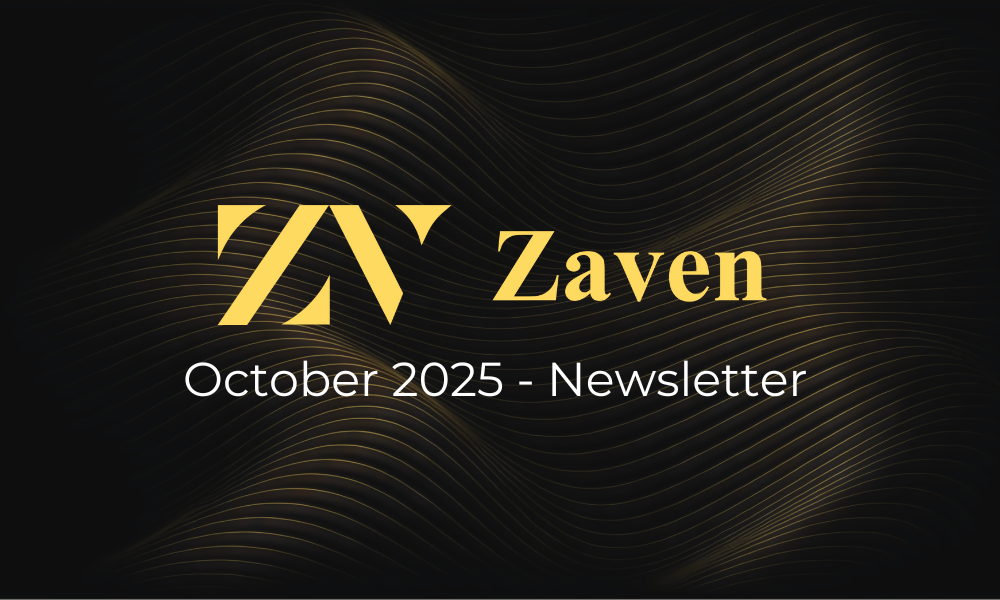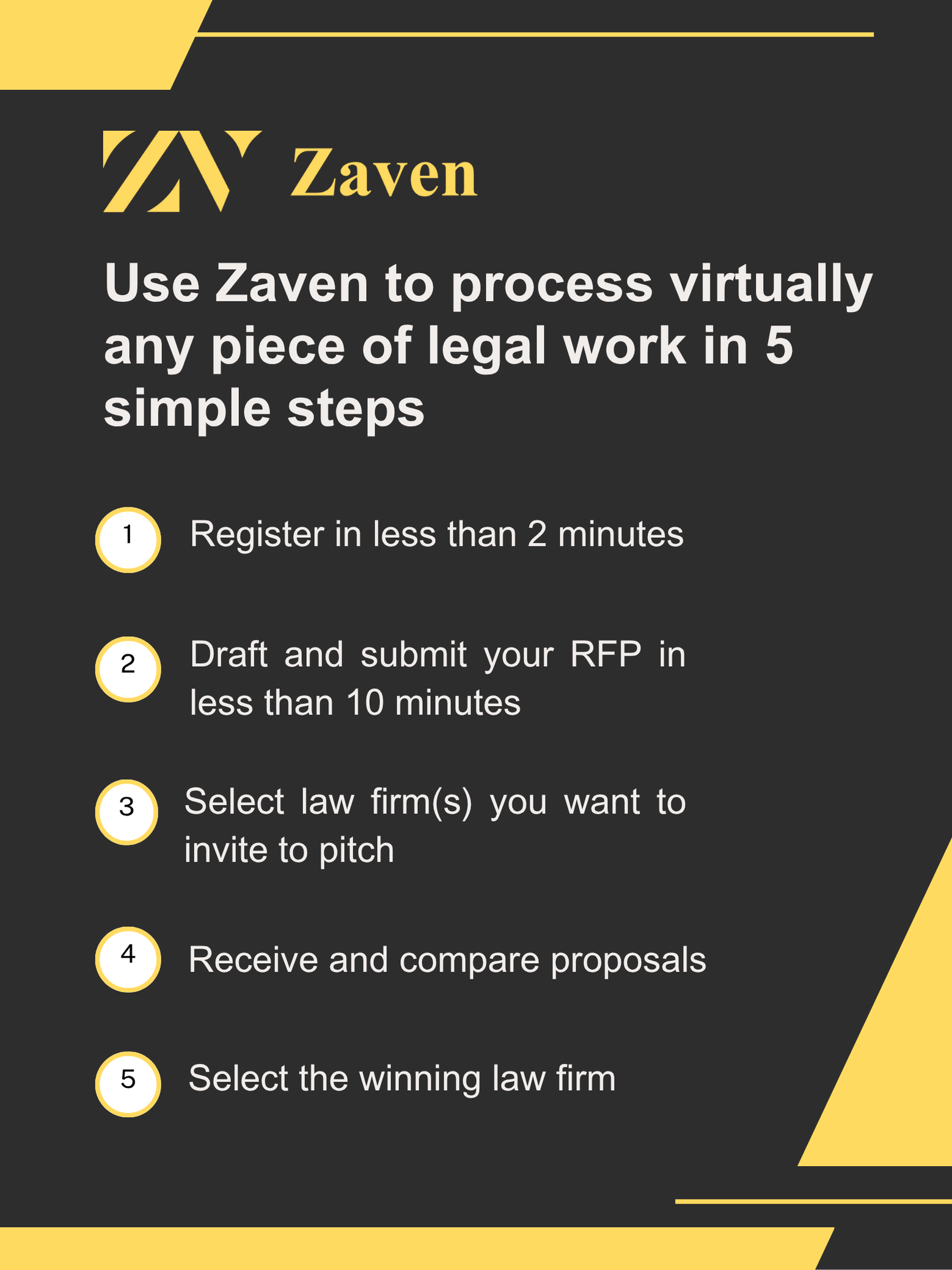Source: Cityam
For over a century, the billable hour has reigned supreme in the legal industry. This straightforward yet often contentious billing method has shaped everything from law firm culture to partner compensation models. Now, mounting evidence suggests we’re witnessing its gradual decline as firms increasingly pivot toward alternative fee arrangements.
The Numbers Don’t Lie
According to recent research by legal software company Clio, 54 percent of UK law firms expect fixed-fee billing to increase over the next 12 months. This represents not just a minor adjustment but a fundamental rethinking of how legal services are valued and priced.
“Clients are pushing for more predictable pricing structures, and many firms are recognising that hourly billing doesn’t always reflect the value of the work delivered,” explains Sarah Murphy, general manager of EMEA at Clio.
The AI Accelerant
The integration of artificial intelligence into legal practice is dramatically accelerating this transition. With 62 percent of UK firms anticipating increased AI use over the next year, the traditional justification for hourly billing is being undermined at its foundation.
Mike Ward, executive chairman of financial information provider Armalytix, doesn’t mince words about the scale of this transformation, describing AI’s arrival in the legal sector as looking “as seismic as the Big Bang was to London financial services in the 1980s.”
The reason is clear: AI is removing the direct correlation between time spent and value delivered. When Clio’s research indicates that 81 percent of administrative billable hours could potentially be automated, the question becomes unavoidable: why should clients pay premium hourly rates for work that’s increasingly machine-assisted?
Client Pressure Mounting
The timing of this technological revolution couldn’t be more challenging for law firms still committed to hourly billing. Legal services costs have been rising steadily, particularly in major commercial centers like London, creating significant tension with clients.
Corporate legal departments face their own budgetary constraints and are increasingly vocal about controlling legal costs. “General counsels are under pressure to control legal costs, and unpredictable hourly billing often doesn’t align with corporate budgeting needs,” Murphy notes.
This pressure is evident in payment cycles as well. Data from Lubbock Fine reveals that the average time for the UK’s top 50 law firms to receive payment has stretched to over six months (188 days) – a concerning trend that suggests clients are pushing back in multiple ways.
The Benefits of Fixed Fees
The shift toward flat-fee arrangements offers advantages for both law firms and their clients:
- Predictability: Clients can budget with confidence, knowing exactly what a particular legal service will cost.
- Efficiency incentives: Law firms are motivated to complete work efficiently rather than being rewarded for taking longer.
- Value alignment: Pricing can better reflect the actual value of the service rather than simply the time invested.
- Simplified billing: Reduced administrative burden in tracking and billing time.
- Client satisfaction: Transparent pricing leads to fewer billing disputes and stronger client relationships.
“There’s a perception that flat-fee structures can offer better value, and it’s certainly much better for budgeting and forecasting,” explains Ward.
The Internal Reality
Despite the external shift toward alternative fee arrangements, the internal operations of many law firms remain firmly tethered to the billable hour. Nick Woolf, partner at Woolf&Co, observes that most top city law firms still maintain target hours for their lawyers internally, typically ranging from 1,800 to over 2,000 hours per year.
“Whilst it is still used extensively internally, within law firms, as a means of measuring performance, productivity and profitability, there is no doubt that fixed fees are becoming far more prevalent,” Woolf notes.
This creates an interesting duality: firms may present fixed-fee arrangements to clients while continuing to track time internally for performance evaluation and resource allocation.
The Path Forward
Law firms now face the delicate challenge of evolving their billing practices while maintaining profitability. Some potential strategies include:
- Sophisticated pricing models: Developing accurate pricing models based on historical data to ensure fixed fees are profitable.
- Hybrid approaches: Implementing blended models that combine elements of hourly and fixed-fee billing for different types of work.
- Value-based billing: Setting fees based on the value delivered to the client rather than time spent.
- Technology investment: Leveraging AI and other technologies to reduce the cost of service delivery while maintaining quality.
- Client education: Helping clients understand the relationship between pricing, service quality, and value.
The Bottom Line
While the billable hour isn’t disappearing overnight, its dominance is clearly waning. As Murphy concludes, “Law firms that adapt their billing models to meet client expectations will be in the strongest position to maintain long-term relationships and secure future business.”
The firms that thrive in this new environment will be those that can effectively align their internal operations with evolving client expectations, finding the sweet spot between predictable pricing and sustainable profitability.
The death of the billable hour may be slow, but the direction of travel seems clear. Law firms that resist this transition risk being left behind in an increasingly competitive market where clients have more options than ever before.
Read more: Cityam







